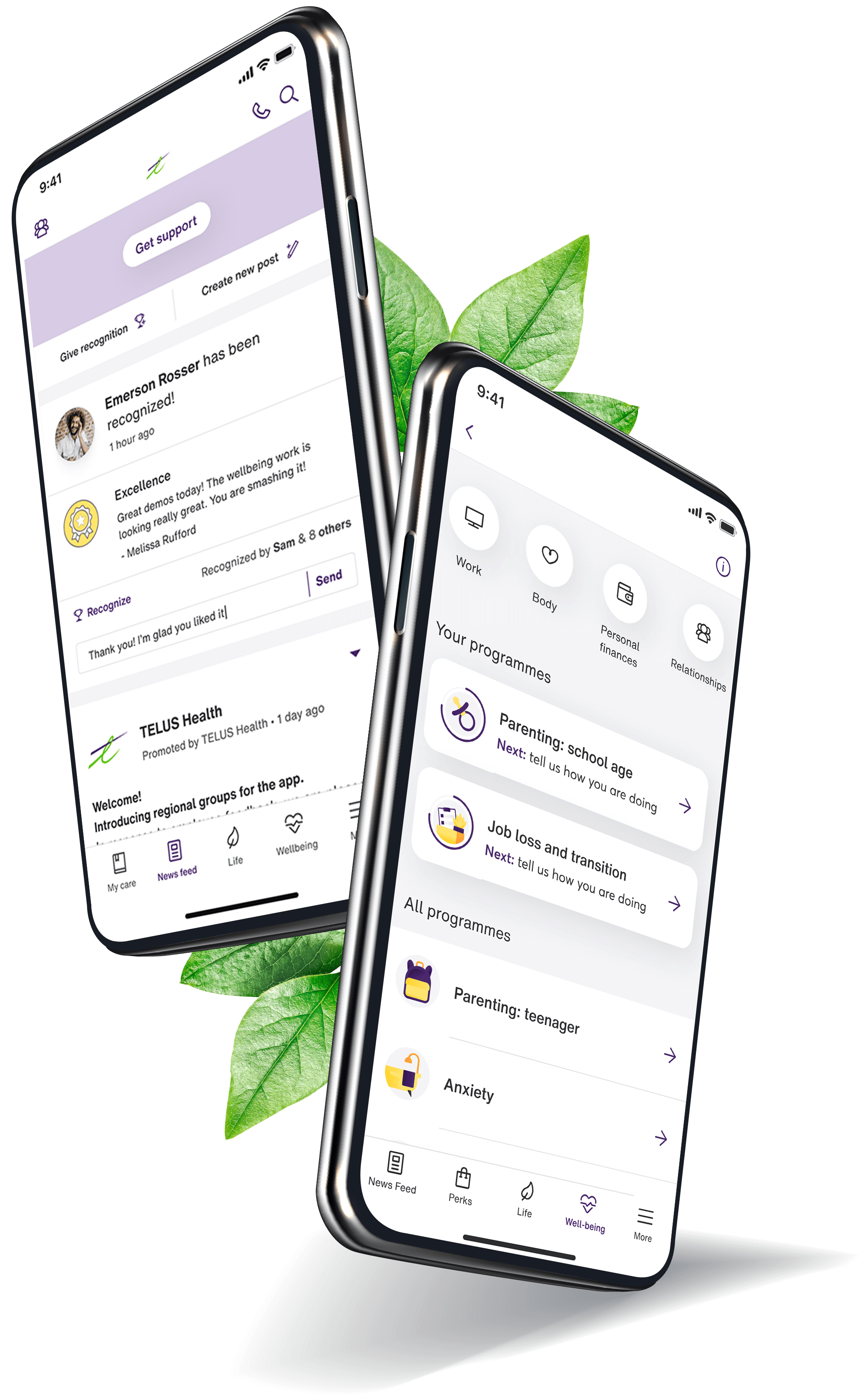Understanding blood pressure
High blood pressure increases the risk of stroke and heart disease, two of the leading causes of death worldwide. Globally, the World Health Organization estimates that elevated blood pressure causes about 13 percent of deaths yearly. That’s why it is crucial to check your blood pressure periodically. If you discover that it’s too high, you can take steps to lower it and perhaps avoid a more serious problem.
How blood pressure is measured
Your beating heart propels blood through your blood vessels. Blood pressure is the force of the blood pushing against artery walls. This force is expressed as two numbers: for example, 115/75 (115 over 75).
Systolic pressure is the first number. It indicates the pressure inside your blood vessels when your heart beats.
Diastolic pressure is the second number. It indicates the pressure inside your blood vessels as your heart relaxes between beats.
Blood pressure is typically measured with an upper-arm cuff, inflated until it tightens on your arm and then slowly deflated. STRIDE BP provides information on accurate blood pressure monitors by listing those that have met the validation criteria of international protocols.
Decoding the numbers
Getting your blood pressure checked is quick and easy. It’s the only way to know whether you have high blood pressure (also called hypertension) because this condition usually doesn’t cause any symptoms until it is severe. Checking blood pressure can also detect prehypertension—a condition in which your blood pressure is slightly above normal but not yet in the “high” range. Identifying and managing elevated blood pressure early can prevent you from developing severe health conditions like kidney disease, heart attack or stroke down the road. Check the ranges here.
If you get a high blood pressure reading using a portable monitor at home or a machine in a pharmacy, talk to your health care professional. Blood pressure levels typically rise and fall throughout the day, but in some people, they stay consistently high. A healthcare professional can determine whether you have a chronic blood pressure problem. A diagnosis of high blood pressure is generally based on readings taken on two or more occasions.
Recognising a hypertensive emergency
The term hypertensive emergency refers to blood pressure that spikes suddenly and severely. It’s indicated by a very high blood pressure reading beyond the “high” range. A hypertensive emergency can have serious health consequences, including stroke, heart attack, pulmonary oedema (fluid backup in the lungs), and damage to the kidneys or eyes.
What to do:
- If you are taking your blood pressure and have a high reading, wait 5 minutes and rest quietly before checking again. If your numbers remain high, seek medical help.
- Call the emergency services if you are experiencing any of the following symptoms, regardless of your blood pressure numbers―chest pain, shortness of breath, back pain, numbness, weakness, change in vision, or difficulty speaking.
Taking charge of your blood pressure
If your blood pressure is in the normal range, a healthy lifestyle can help keep it there. If you have already been diagnosed with high blood pressure, these same healthy habits, often combined with medication, can help get your blood pressure under control and lower your risk of complications such as stroke, heart attack, heart failure, kidney damage, and vision loss.
Limit sodium in your diet. Notice the sodium content on food labels, and limit salting your food. Salt is about 40 percent sodium. The World Health Organization recommends that adults eat less than 5 grams of salt daily.
Cook more at home. Most sodium in a typical diet comes from packaged, processed, and restaurant foods. You have more control over what’s in your food when you prepare it yourself. Check out the recipe collections from the British Heart Foundation Recipe Finder for delicious inspiration.
Eat potassium-rich foods. Potassium helps lessen the effects of sodium in the body. Good sources include many kinds of fruit, vegetables, fish, and low-fat or fat-free dairy products. Some blood pressure medicines can affect how potassium is stored in your body, so please check with your GP before increasing your potassium intake.
Be physically active. Aim for at least 150 minutes of moderate physical activity every week. Getting regular physical activity helps keep your blood pressure in check.
Maintain a healthy weight. If you are overweight or obese, losing as little as 5 to 10 pounds (2.3 to 4.5 kg) may help lower your blood pressure.
Drink alcohol in moderation or not at all. Excessive alcohol use can raise your blood pressure. For resources to help you manage your drinking, visit Tips on Cutting Down.
Manage your stress. Try a variety of strategies—such as taking deep breaths, going for a walk, listening to music, practising yoga, and meditating—to see which ones work best for you.
Learn more about high blood pressure. These websites are packed with great information:
Regularly monitoring and managing your blood pressure through lifestyle changes and medication can significantly reduce the risk of severe health issues such as stroke and heart disease.
This information is provided to supplement the care provided by your GP or mental health professional and is not to be used as a substitute for professional medical advice. Always seek the advice of your GP or another qualified health or mental health professional if you have questions about a medical condition or treatment plan.


